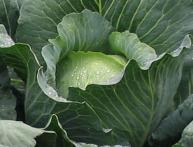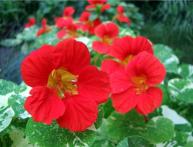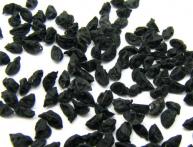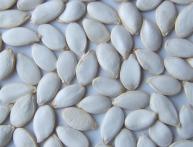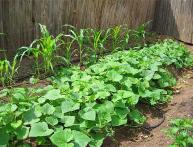Sprouting bean seeds for food and for planting - what's the difference
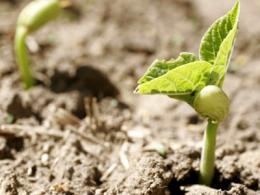
Many amateur gardeners grow beans in their gardens simply as a complement to other plants, for example planting them on the side of the road near potatoes or near cabbage and cucumber beds. In any case, be that as it may, beans are very important in many cuisines, and without these legumes we cannot imagine either borscht or vinaigrette, and the Georgian dish loved by many, lobio, is completely beyond competition, and in its composition, beans belongs to the 10 most beneficial products for human health.
But not everyone knows that sprouted beans have even greater benefits for our body, in particular, it lowers blood sugar levels. Germinating bean seeds is not at all a troublesome task, but it requires special attention. The seeds are washed and filled with warm, but in no case hot water, for faster germination. After 2-3 days, roots appear, and then bean sprouts, which after another couple of days reach a length of 5-7 cm. Now the sprouted beans are suitable for eating, but remember. This should be done only after consulting a doctor.
Germinating bean seeds for planting does not make sense; in the soil the seeds will germinate much faster and will immediately take root in their habitat.In order to prepare beans for sowing, 2 weeks after planting, the seeds are treated with chemicals to destroy pathogens that are carried by the seeds. For faster germination of bean seeds, they can be soaked in warm water on the eve of planting for no more than 6 hours, then ventilated in the air. The optimal water temperature for soaking is +50-60 degrees, and the volume of water should not exceed 80% of the weight of the bean seeds.

